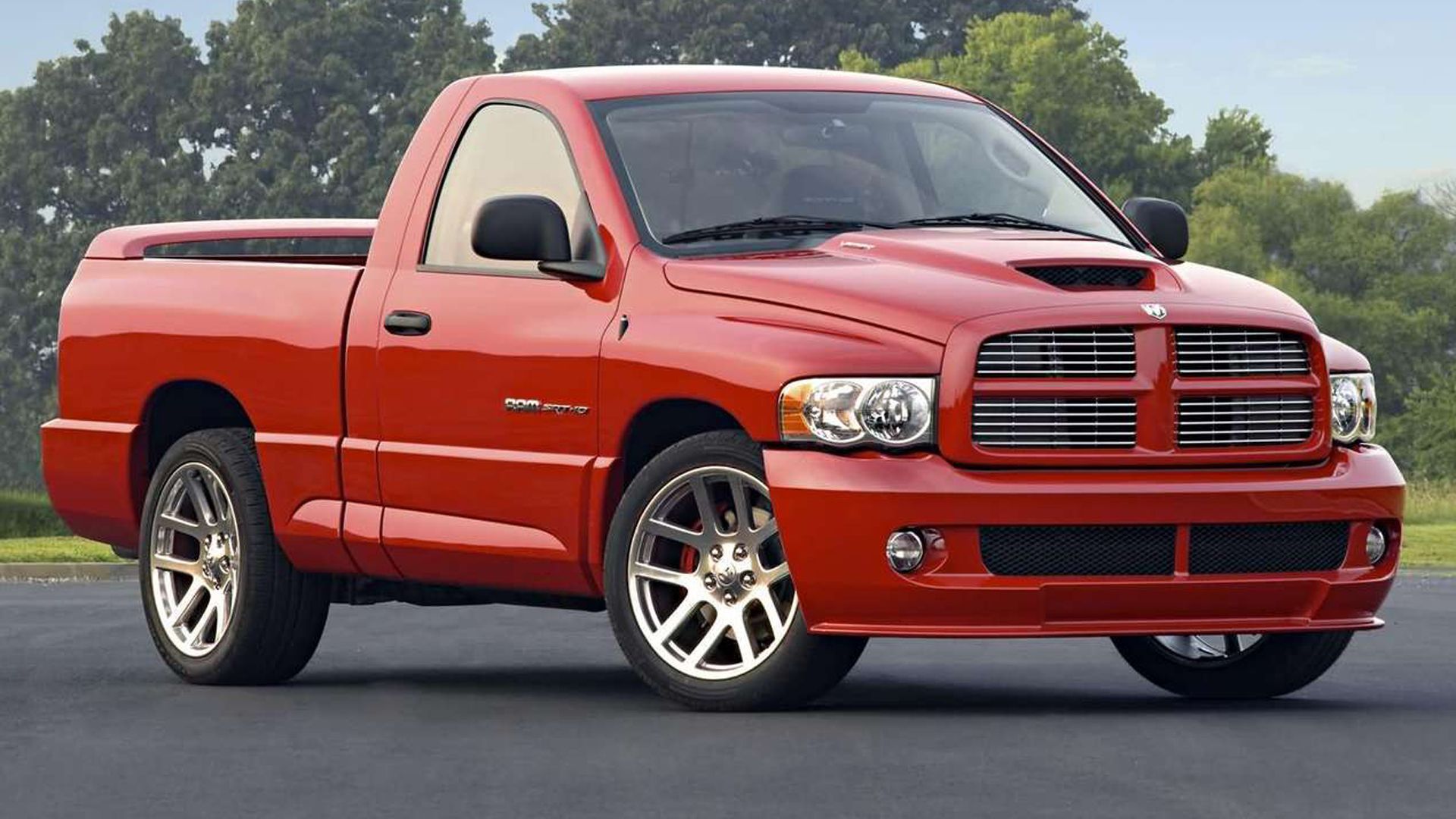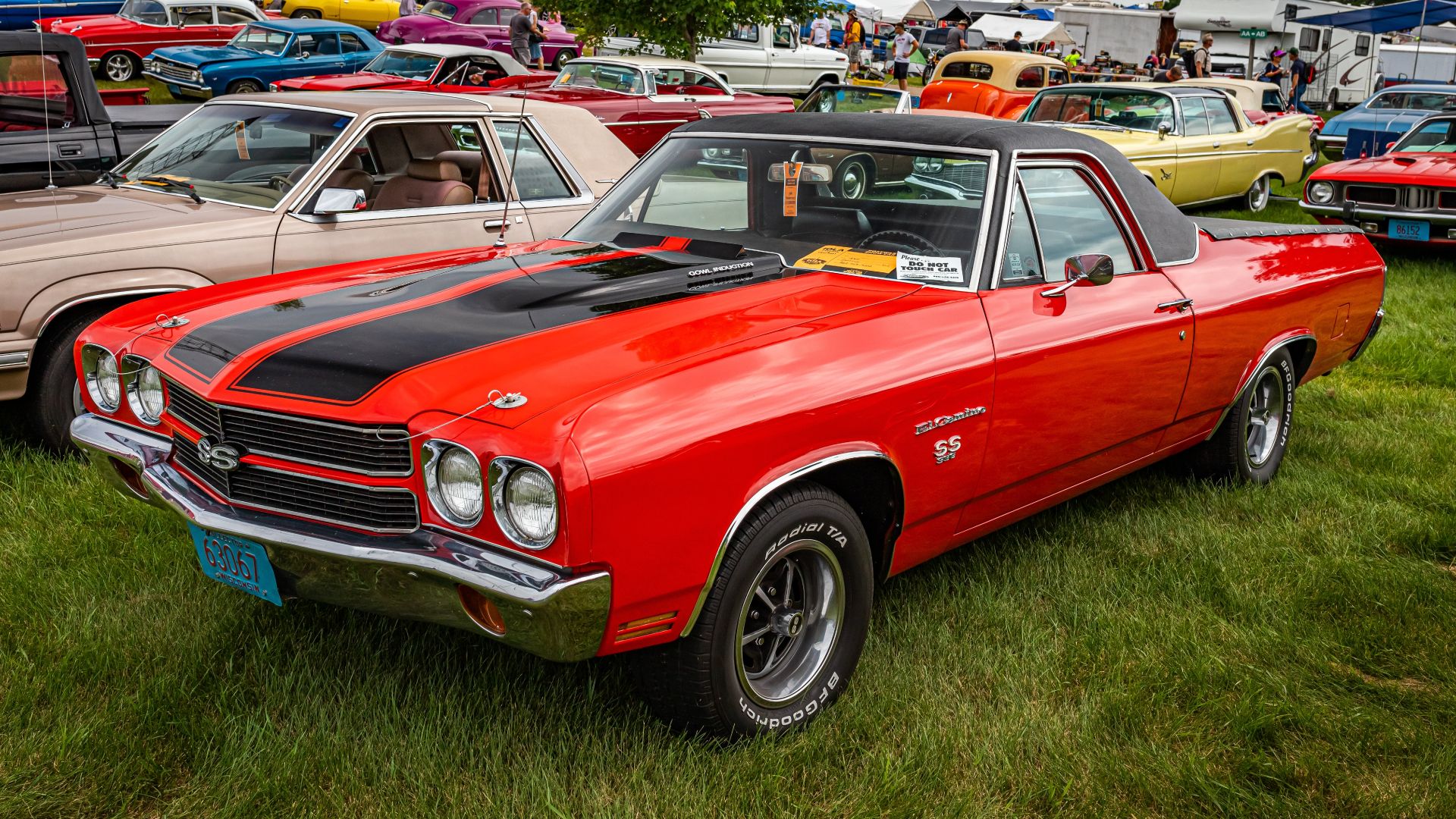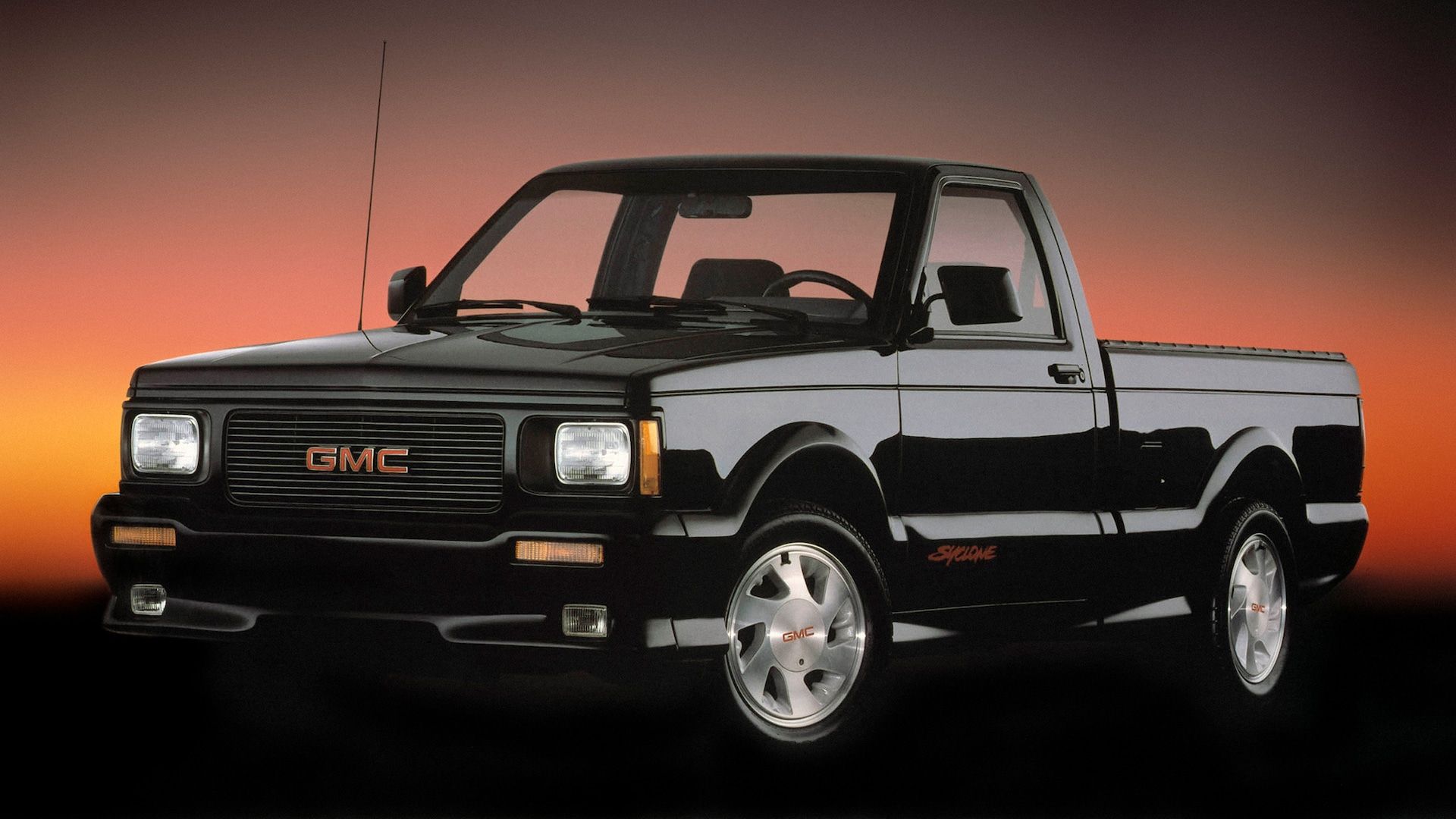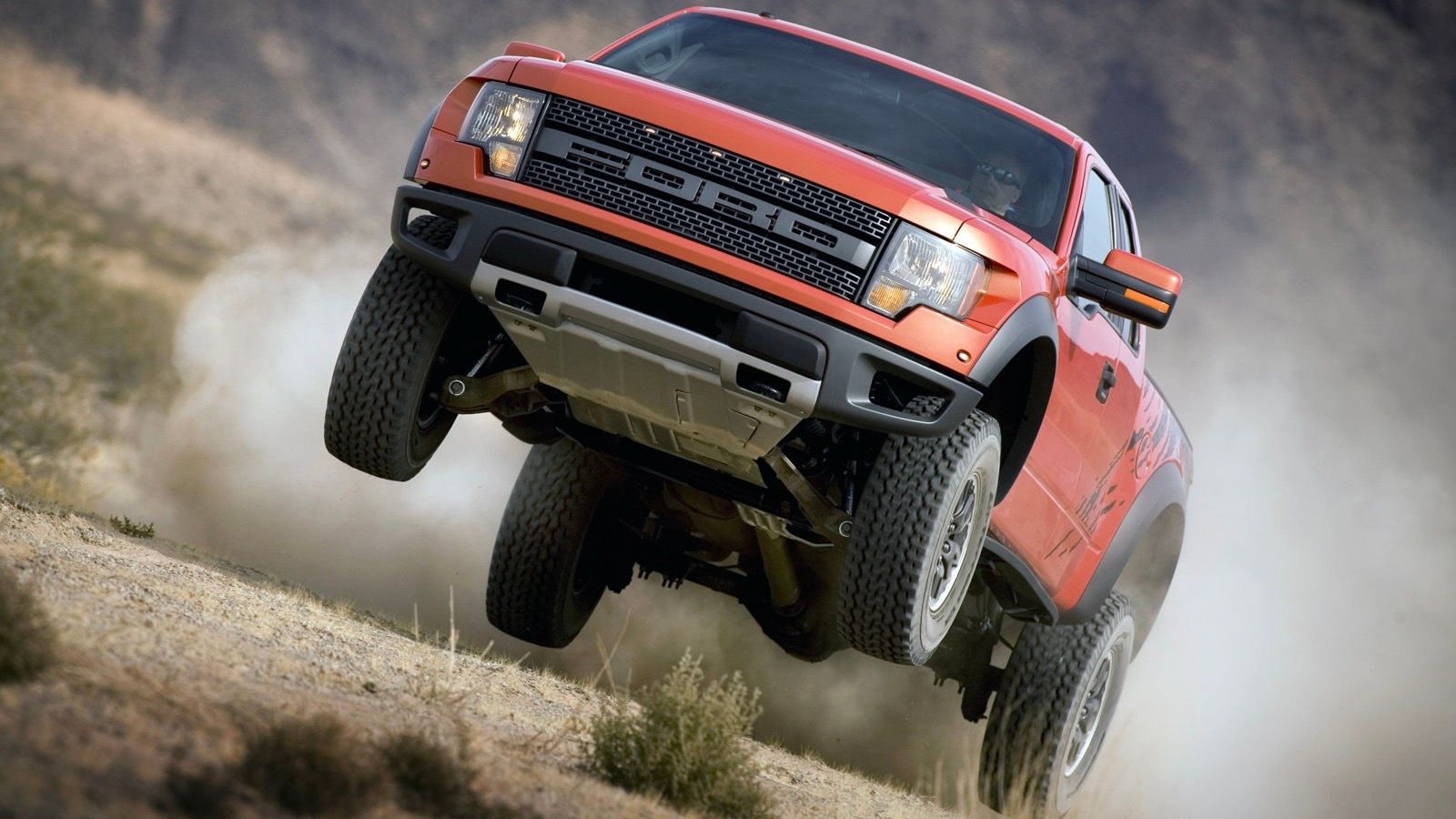These cars have sufficient ground clearance to handle various types of terrain and urban obstacles

Driving on the dilapidated roads of India can be a hassle, as you always have to be cautious about your car’s underbody scraping on the road. Add to that the challenges of navigating through flooded streets during the monsoon season, and you’ll find yourself worrying about how to safely and relatively dryly maneuver through such situations. While SUVs are known for their ruggedness and high ground clearance, there are also subcompact cars priced under Rs 10 lakh (ex-showroom) that offer a reassuring distance from the ground.
Renault Kwid – 184mm

The Renault Kwid, one of the earliest entry-level subcompact cars to adopt SUV design elements, offers a decent ground clearance that is comparable to some SUVs. The Kwid is equipped with a 1.0-liter petrol engine (68PS/91Nm) and is available with either a 5-speed manual or a 5-speed AMT. The Renault hatchback is priced between Rs 4.70 lakh and Rs 6.33 lakh (ex-showroom).
Hyundai Exter – 185mm

The recently launched Hyundai Exter micro-SUV offers a ground clearance that is similar to the Kwid. This Hyundai model is positioned high off the ground, ensuring you don’t have to worry about rough roads. The Exter is powered by a 1.2-liter petrol engine (83PS/114Nm) that can be paired with either a 5-speed manual or a 5-speed AMT. Additionally, there is a CNG variant available with the same engine and a 5-speed manual transmission. The introductory price range for the Exter is between Rs 6 lakh and Rs 10.10 lakh (ex-showroom).
Also Read: Hyundai Exter Top-spec AMT vs Hyundai i20 Sportz Turbo-Petrol DCT – Which One To Pick?
Tata Punch – 187mm

The Tata Punch, a direct competitor to the Exter, surpasses the Hyundai micro-SUV with slightly higher ground clearance and larger 16-inch wheels. The Punch is equipped with a 1.2-liter petrol engine (88PS/115Nm) and comes with a 5-speed manual or a 5-speed AMT. The top variant of the Punch also offers traction modes, making it more capable on rough roads compared to other compact SUVs in this price range. The price range for the Tata Punch is between Rs 6 lakh and Rs 9.52 lakh (ex-showroom).
Maruti Fronx – 190mm

The Maruti Fronx, one of Maruti’s latest offerings, boasts impressive ground clearance, making it easier to navigate rain-affected roads. This crossover SUV, based on the Baleno, is available with two engine options: a 1.2-liter petrol engine (90PS/113Nm) and a 1.0-liter turbo-petrol engine (100PS/148Nm). Both engines come with a 5-speed manual transmission as standard, and the 1.2-liter petrol engine also has a 5-speed AMT option. Additionally, there is a CNG variant available with the 1.2-liter petrol engine. The price range for the Maruti Fronx is between Rs 7.46 lakh and Rs 13.13 lakh (ex-showroom).
Also Read: The “Toyota Fronx” Exists, And May Arrive In 2024!
Hyundai Venue – 195mm

The Hyundai Venue, the first true SUV on this list, offers slightly less than 200mm of ground clearance. Despite this, the subcompact SUV is capable of handling various terrains. It is available with three engine options: a 1.2-liter petrol engine (83PS/114Nm) mated to a 5-speed manual transmission, a 1.0-liter turbo-petrol engine (120PS/172Nm) paired with a 6-speed iMT or an optional 7-speed DCT (dual-clutch automatic), and a 1.5-liter diesel engine (116PS/250Nm) available only with a 6-speed manual transmission. The Hyundai Venue is priced between Rs 7.77 lakh and Rs 13.18 lakh (ex-showroom).
Maruti Brezza – 200mm

The Maruti Brezza offers 5mm more ground clearance than the Venue, making it more suitable for rough terrains without the worry of hitting the car’s underbody. It is equipped with a 1.5-liter petrol engine (103PS/137Nm) available with a 5-speed manual or a 6-speed automatic transmission. Additionally, there is a CNG variant available with the same engine and a 5-speed manual transmission. The Maruti Brezza is priced between Rs 8.29 lakh and Rs 14.14 lakh (ex-showroom).
Also Read: Maruti Brezza Automatic Now More Efficient Than Manual Variants
Renault Kiger – 205mm

The Renault Kiger offers the highest ground clearance on this list, surpassing the Brezza by an additional 5mm. With the same wheelbase as the Brezza but a higher ground clearance, the Kiger is even more capable of dealing with bad road conditions, especially during the monsoon. It is available with two engine options: a 1.0-liter petrol engine (72PS/96Nm) and a 1.0-liter turbo-petrol engine (100PS/160Nm). Both engines are paired with a 5-speed manual transmission as standard, with the 1.0-liter petrol engine having the option of a 5-speed AMT and the 1.0-liter turbo-petrol engine equipped with a CVT. The price range for the Renault Kiger is between Rs 6.50 lakh and Rs 11.23 lakh (ex-showroom).
Nissan Magninte – 205mm

The Nissan Magnite, which shares its platform with the Kiger, also boasts the same ground clearance of 205mm. It offers similar powertrain options, with the difference being that the 1.0-liter petrol engine (72PS/96Nm) is available only with a 5-speed manual transmission. One advantage of the Magnite over the Kiger is the inclusion of a 360-degree camera, which proves helpful when tackling difficult terrains. The price range for the Magnite is between Rs 6 lakh and Rs 11.02 lakh (ex-showroom).
Kia Sonet – 205mm

The Kia Sonet matches the ground clearance of the Renault-Nissan duo, providing an impressive 205mm of ground clearance. Despite sharing its mechanical components with the Venue, the Sonet sits 10mm higher than its Hyundai counterpart. It offers the same three engine options as the Venue: a 1.0-liter turbo-petrol engine (120PS/172Nm) with a 6-speed iMT or a 7-speed DCT, a 1.2-liter petrol engine (83PS/115Nm) with a 5-speed manual, and a 1.5-liter diesel engine (115PS/250Nm) with a 6-speed iMT or a 6-speed automatic transmission. The price range for the Kia Sonet is between Rs 7.79 lakh and Rs 14.89 lakh (ex-showroom).
Tata Nexon – 209mm

The Tata Nexon, the best-selling SUV in India, offers the highest ground clearance among the cars under Rs 10 lakh, surpassing its rivals by an additional 4mm. With this ground clearance, the Nexon can easily handle bumpy roads, flooded streets, and even some off-road terrains. It is available with two engine options: a 1.2-liter turbo-petrol engine (120PS/170Nm) and a 1.5-liter diesel engine (115PS/260Nm). Both engines are offered with either a 5-speed manual transmission or a 6-speed AMT. The price range for the Tata Nexon is between Rs 8 lakh and Rs 14.60 lakh (ex-showroom).
Honorary Mention
Maruti Alto K10 – 160mm

The Maruti Alto K10 may only have a ground clearance of 160mm on paper, which is relatively low compared to other cars on this list. However, thanks to its mechanical simplicity, this entry-level hatchback can often handle challenging terrains, including mud, snow, and flooded areas, where larger SUVs may struggle and require towing.
Also Read: Over 87,000 Units Of Maruti S-Presso And Eeco Have Been Recalled
Driving during the monsoon can be risky, and while these cars are better suited to handle broken or flooded roads, we advise caution and only going out when absolutely necessary.
Read More on : KWID AMT






















